Chinese traditional auspicious ornaments are an important part of an artifact. The decoration on the object not only increases the beauty of the object, but also sends people's expectation and hope for the future through the ornaments with good meaning.
The most complex and exquisite period of traditional Chinese ornamentation belongs to the Ming and Qing dynasties. Especially the Ming dynasty gold and silver jewelry, the use of Lei Si (累丝), Xiang Qian (镶嵌, inlay), Chui Ye (捶鍱, pounding thin) and other processes, in a small and delicate Tou Mian (头面, a Ming dynasty jewelry) to make a variety of plants, animals, people ornaments, and embellished with precious stones, more rich and elegant.
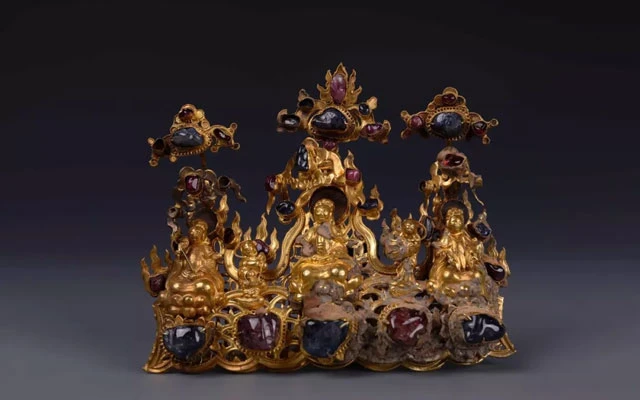
Ming Dynasty Gold and Gemstone Fenxin
In the Ming and Qing dynasties, on various handicrafts and even stone carvings, furniture, and architecture, some common ornaments, such as dragon and phoenix signify auspiciousness and power; peony signifies wealth and prosperity; pine, crane, and peach signify longevity; pomegranate signifies to have many descendents.
There is another category of ornamentation, which is a combination of animal and plant patterns, expressing good meanings through harmonics pun, very simple and easy to understand. For example, an old lion and a small lion, meaning that the family soon to soar; a horse with a monkey on the back, meaning "immediately to be a marquis", but also early promotion and wealth meaning.
In this article, we will introduce some of the traditional auspicious ornaments that have a good meaning. Let's take a look!
Covert Eight Immortals
In some handicrafts or embroideries, you can often see these eight vessels appearing together, each with a ribbon, which is very chic.
This is a Taoist pattern called "Covert Eight Immortals", named because it only depicts the vessel held by each of the Eight Immortals, but not the Eight Immortals themselves.
The fish drum (or whisk) represents Zhang Guolao, the sword represents Lü Dongbin, the flower basket represents Lan Caihe, the fan represents Zhongli Quan, the iron crutch and Calabash bottle represents Li Tieguai, the lotus flower represents He Xiangu, the jade tablet represents Cao Guojiu, and the flute represents Han Xiangzi.
As the saying goes, "The Eight Immortals cross the sea, each showing their abilities," the symbolic meaning of this ornamente is to use the magic power of the Eight Immortals to sweep away all the demons and monsters, and to protect the owner of the object for peace and prosperity.
Eight Auspicious Signs
The same combination of eight kinds of artifacts, in some artifacts are the "Covert Eight Immortals", in others are replaced by Dharmachakra, Conch, Dhvaja, Parasol, Lotus flower, Bumpa, Golden Fish, Endless knot, collectively called "Ba Bao (八宝)", which are eight kinds of Dharma vessels in Tibetan Buddhism that can eliminate disasters.
These eight kinds of magic tools combined to make the pattern "Eight Auspicious Signs", is a very popular pattern on the Yuan, Ming, and Qing dynasties artifacts.
Ai Hu Wu Du Wen (Five Poison)
The Five Poisons contains five animals considered poisonous by the ancients: snakes, centipedes, scorpions, geckos (or spiders), and toads. It is difficult to associate this combination with a good symbolism; what do they represent?

Ai Hu Wu Du Wen (艾虎五毒纹)
But the idea of people in the Ming Dynasty was that, if paired with mugwort leaves and tigers, they could put down all the poisonous animals. So, Ai Hu Wu Du Wen became a symbol of warding off evil, more common at the Dragon Boat Festival.
Vase + Three Halberds
A flower vase with three halberds in it, and perhaps a musical instrument, the Sheng, may be seen frequently on furniture and stone carvings of the Ming and Qing dynasties.
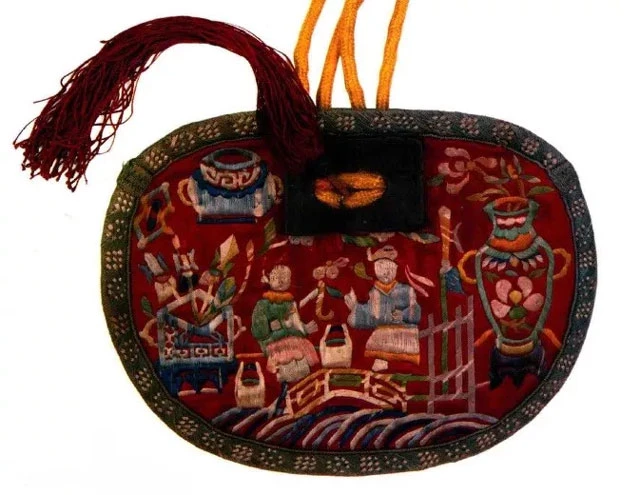
Qing Dynasty Embroidered Hebao
The halberd harmonizes with "level" and the sheng harmonizes with "rise", so this ornament means "leveling up three levels", hoping that people will have good luck in government or examinations. Some patterns are slightly changed on the basis, and a lotus flower is put in the vase in addition to the three halberds, which becomes the "continuous rising three levels".
Wutong + Magpie
The combination of Wutong + magpie can sometimes be seen on the crafts of the Ming and Qing dynasties. Among them, Wutong harmonizes with "the same", and magpie represents "joy", which generally represents two joyful events, so it also derives the meaning of the meaning of " happy events together" is derived.
By analogy, many traditional auspicious ornaments can be combined, such as: leopard + magpie = announce the good news.
Butterfly + Flower
On the gold and silver jewelry of Ming Dynasty, the two decorations of "Feng Die Hua Hui (凤蝶花卉, bee and butterfly with flowers)" and "Feng Chuan Hua (凤穿花, phoenix through flowers)" are very common.
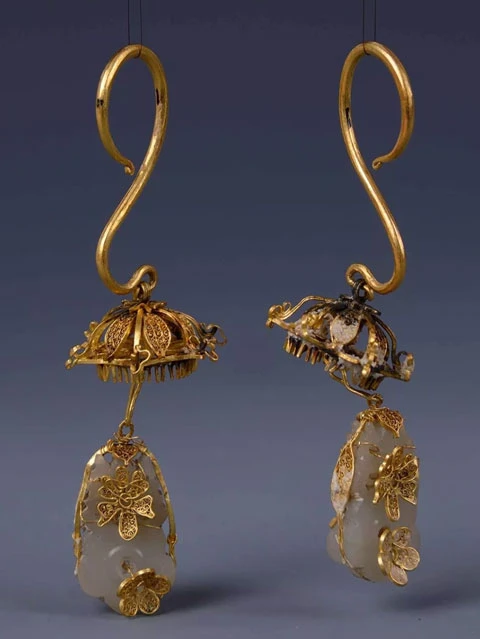
Ming Dynasty gold Leisi earrings with jade
The idea of the Feng Die Hua Hui pattern first came from the flower and bird sketches in the paintings of the Five Dynasties and the Song Dynasty. This kind of painting sketches are often fresh and elegant, rich in interest, soon designed into decorative patterns, transplanted to the gold and silver objects.
By the Ming Dynasty, Feng Die Hua Hui and Feng Chuan Hua together became the two giants in the gold and silverware decoration world. One represented richness and elegance, the other fresh and timeless, both with their own characteristics.
Quail + Chrysanthemum + Fallen Leaves
Chrysanthemum, fallen leaves may symbolize autumn, full of desolation, but if there is a quail squatting on the fallen leaves, next to the drawing of chrysanthemums, then the symbolic meaning of the pattern can have nothing to do with desolation.
It turns out that the quail harmonizes with "safe", chrysanthemum harmonizes with "residence", the leaves harmonize with "happy", together they are "live and work in peace". Have to admire the ability of people's association in the Ming and Qing dynasties.
Butterfly + Melon
Several butterflies flying around several large melons, this pattern can often be seen on various crafts of the Ming and Qing dynasties, not that the butterflies think the melon really smells good, but the implication is for the proliferation of children and grandchildren prosperous.
Dragonfly
Dragonflies are light and dexterous, and they are also beneficial insects, so they are loved by people. During the Ming and Qing dynasties, a dragonfly decorated on jewelry meant "eternal youth and gracefully", which was a good wish for the woman.
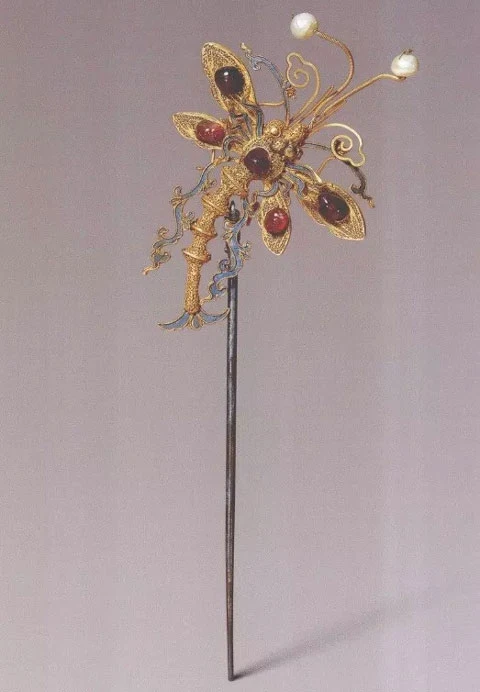
Qing dynasty gold and gemstone dragonfly hairpin
In the Qing Dynasty, the dragonfly also derived the meaning of "stability in the Qing Dynasty" according to its harmonic sound. Wearing dragonfly jewelry at this time is not only to seek good luck for oneself, but also to pray for the prosperity of the country.
Dragonfly + Lotus + Heron
The dragonfly appears alone to express a wish for a woman's eternal youth. When it appears together with the lotus and the heron, the meaning of the pattern changes. Three things together, but "Yi Lu Qing Lian", harmonious "always integrity", expressing the advice and hope for the official.
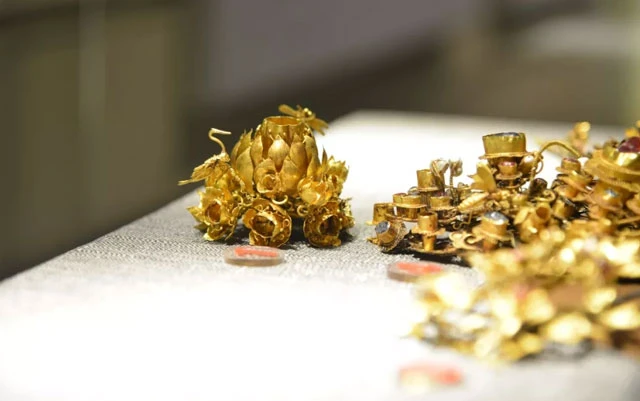
Gold and gemstone "Yi Lu Qing Lian" top hairpin
Lotus + Lotus Leaf + Heron
The combination of lotus + heron remains the same, but the dragonfly is replaced by a lotus leaf, and the lotus and lotus leaf are combined to form a complete lotus. This ornament expresses the wish for a successful examination for the imperial examinations, or for a person who is already an official, to wish him successful official luck.
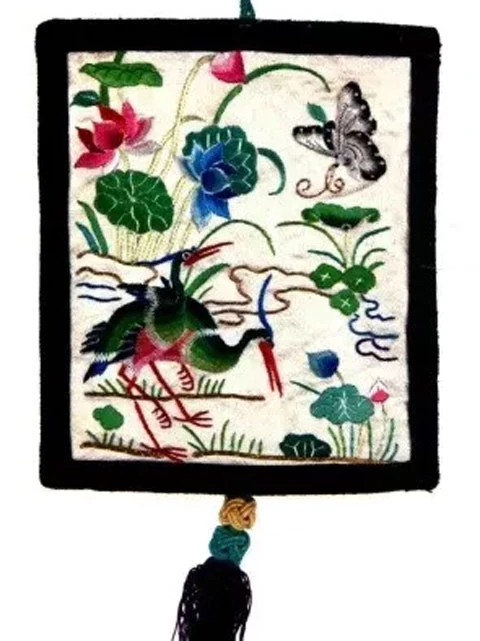
Qing Dynasty Embroidered Hebao
In addition to these already patterned traditional auspicious ornaments, there is also a category of traditional Chinese ornaments that expresses rich meanings in the form of character stories. For example, "Magu gives her birthday greetings", which means longevity, Mao Nü's story means immortality, and Zhao Zilong saves his master by riding alone, which means loyalty.
This type of ornament has both historical and legendary stories, and it needs to be combined with the specific storyline to determine the moral meaning of the ornament. Chinese historical stories and legends are as vast as the sea, and there are countless patterns with beautiful meanings designed according to the storyline.
What other traditional auspicious ornaments do you know that have symbolic meanings? Let's discuss in the comment section!
More about Chinese traditional ornaments:
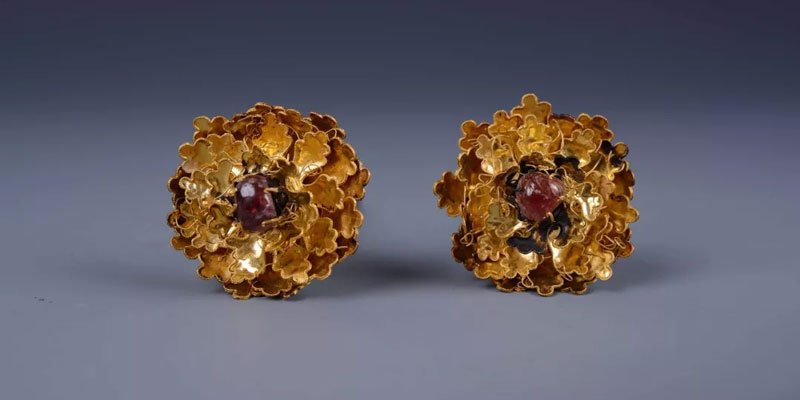
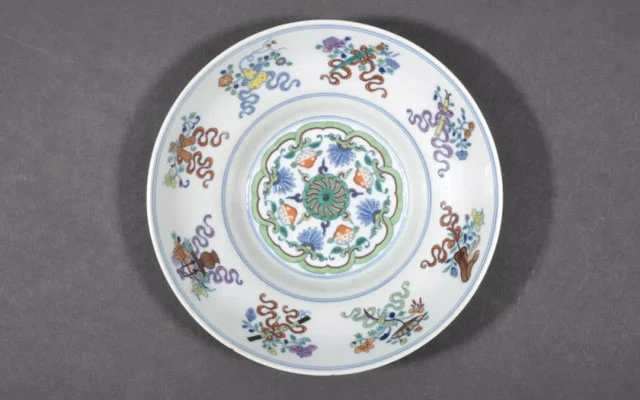
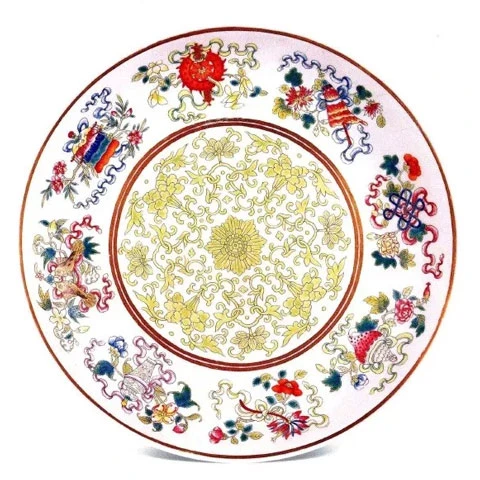
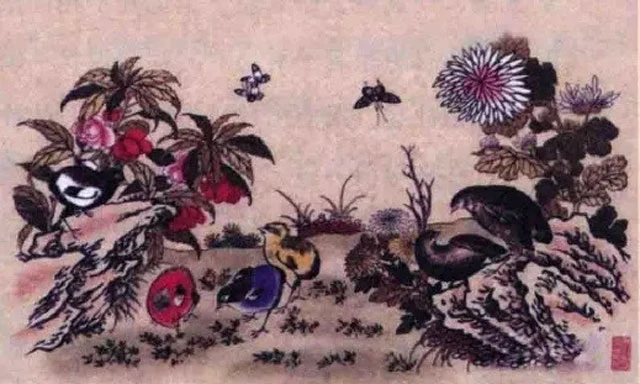


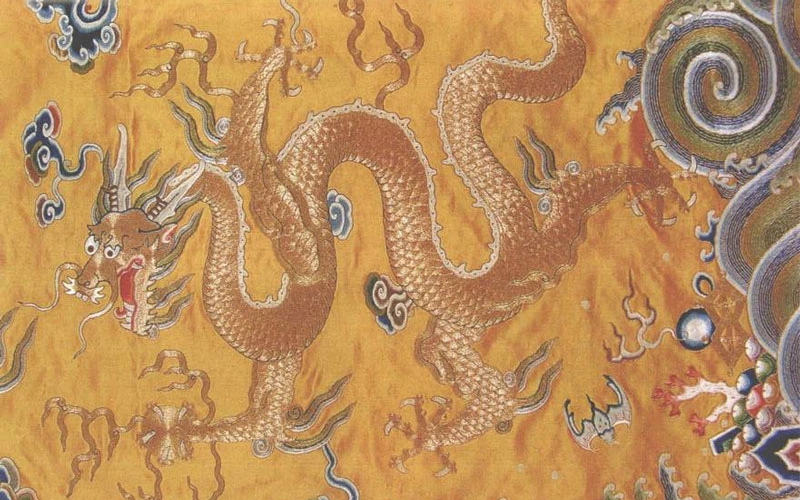
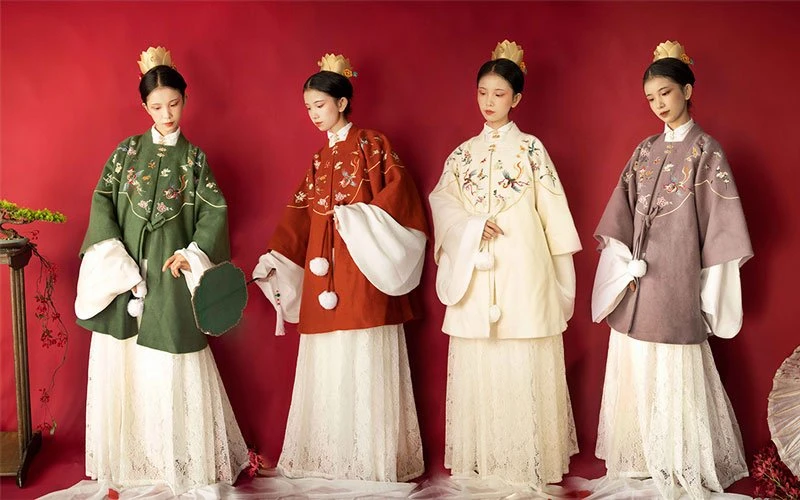

👍👍👍
Thank you, this was really helpful!